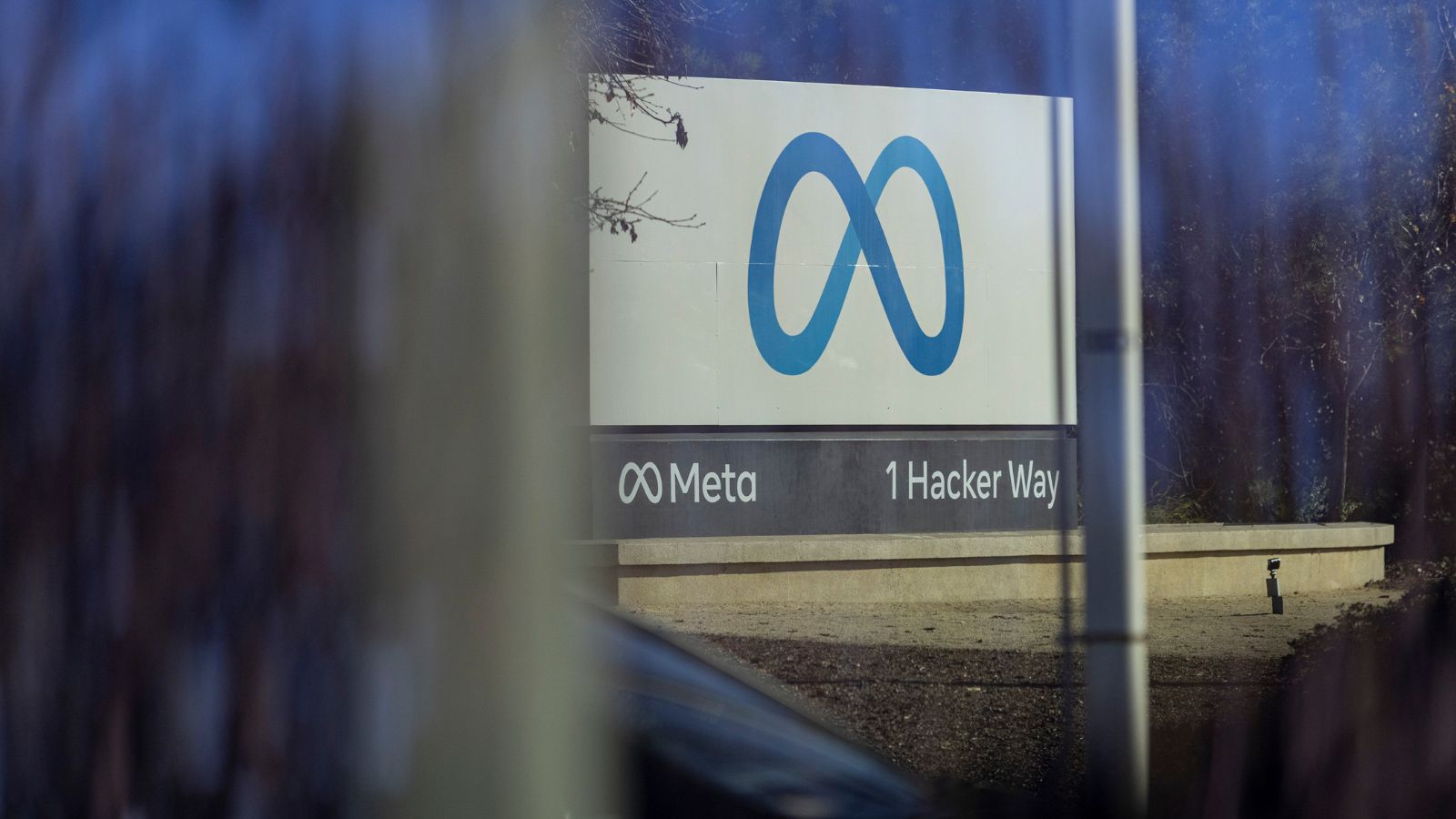A new Instagram feature rolled out in the United States this past week stirred strong feelings: Users can now share and view locations of others on a map.
Meta, which owns Instagram, said in a blog post Wednesday that the feature was an opt-in service to help people “stay up to date with friends.” Some users, however, reacted with confusion and panic, voicing concerns about privacy and safety.
Here’s what to know about the feature.
What is Instagram Map?
The new map, which can be found on top of Instagram’s message inbox, allows users to share their live location while they are using the app.
It also allows people to see the locations of users who share that information in recent posts on their feeds.
Who can see you on it?
By default, nobody. Meta said in its blog post that the location sharing option was inactive by default, and users would have to opt in. The company said people could limit who could see that information, or turn it off entirely.
Meta called it a “new, lightweight way to connect with each other.” Similar features exist in other apps: Snapchat has a personalized map feature, and Apple devices allow users to share their locations with one another. Meta’s other platforms like Facebook and WhatsApp also offer live location sharing.
How did people react?
Broadly, not well. The news quickly raised questions about the possible dangers of location sharing on one of the world’s most popular social media platforms.
Story continues below this ad
As the feature reached smartphones in the United States, it caused confusion, and even panic, for some users.
Many people, including professional content creators, called for it to be rolled back, arguing that it could be used to stalk and harass.
U.S. Sens. Marsha Blackburn, R-Tenn., and Richard Blumenthal, D-Conn., wrote to Meta on Friday, according to NBC News, urging its chief executive, Mark Zuckerberg, to abandon the feature.
Why did people see themselves on the map unexpectedly?
Some users said that they were unhappy to see their prior posts plotted on the map without using the location sharing feature.
Story continues below this ad
One explanation, offered by Instagram’s leader, Adam Mosseri, is that the map was populated not only with real-time locations, but also with earlier posts tagged with a location.
Those location tags existed before, but were not collated on a prominent map.
Allie Taylor, an educator who posts content about disability on Instagram, was at work Wednesday when they shared a video on the app with a location tag for the city of Cincinnati.
Soon Taylor began receiving messages from their followers, including strangers, saying that their location was visible on Instagram’s new map. It appeared accurate enough to show the street they worked on, Taylor said.
Story continues below this ad
“It was terrifying,” Taylor said, adding, “Why was this even a feature?”
How do you turn it off?
To check location sharing permissions for Instagram, users can try several options.
In the app itself, users can head to their messages inbox, open the map, view the settings and change location sharing to “no one.”
Phone users can also go directly into the location services tab in the device’s settings and choose to allow or deny it for Instagram.
Instagram has promised “improvements.”
Story continues below this ad
Mosseri appeared taken aback by how the feature was received and made a series of posts seeking to answer the criticism.
“We’re never going to share your location without someone actually actively asking to do so,” he said in one post Friday. He conceded that there had been “confusion” around the rollout.
A statement from Meta, sent Saturday, said, “Instagram Map is off by default, and your live location is never shared unless you choose to turn it on.
“If you do, only people you follow back — or a private, custom list you select — can see your location.”
Story continues below this ad
Mosseri in his posts said Instagram needed to do a “better job” of explaining what would appear on the map.
“We can, and will, make it easier to understand exactly what’s happening,” he said, adding that Instagram was hoping to make improvements early next week.

